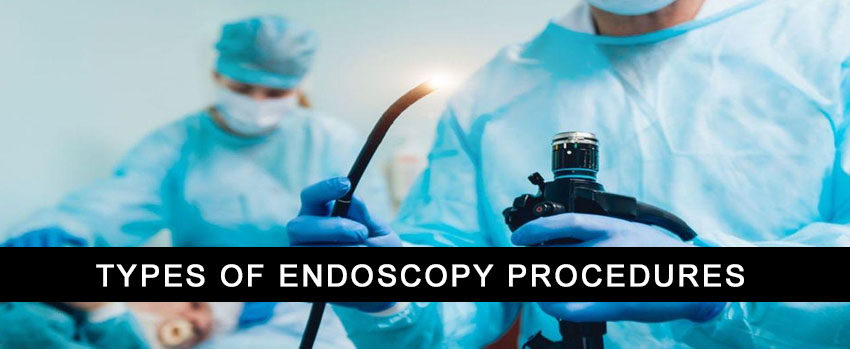An endoscopy is a medical process which is used to view the internal organs without carrying out any surgery. These are frequently known as “minimally invasive” processes as they are less invasive ways to see organs than other surgical methods. These endoscopic procedures can be done without the general anesthesia, which is frequently essential for surgery, and thus, carries less risk.
In case of endoscopy, an endoscope is typically inserted down the mouth, up to the rectum, or via a small incision made in the skin when assessing the inside of joints, the abdomen, or the chest. An endoscope is a flexible tube with a camera fixed. The camera returns a photo so that internal body structures can be visualized on a monitor. Endoscopy is typically done when visualization of internal organs is essential to make a diagnosis, and endoscopy enables the diagnosis to be completed with fewer hazards than surgical procedure. This process may also be utilized to gain admittance to internal organs for treatment.
Endoscopy can be of various types, some of which are mentioned below:
-
Bronchoscopy
In this process, a tube is inserted via the mouth and passed down into the bronchial tubes through the trachea. Bronchoscopy can be utilized to visualize tumours and do biopsies. By including ultrasound, it can also be used to biopsy lung tumours that are close to but not in the airways. It may be used for treatment also and to dilate the airway if a tumour is causing narrowing, or to stop bleeding from a tumor.
-
Arthroscopy
In this, a tiny incision is made in the skin and a scope is inserted into a joint. Arthroscopy can be utilized to make a diagnosis and cure joint conditions, varying from diagnosing varied kinds of arthritis to repairing rotator cuff tears.
-
Colposcopy
Here the colposcopy is inserted via the vaginal opening so as to better visualize the cervix. It is usually done because of an abnormal Pap smear to search for evidence of cervical cancer or cervical dysplasia.
-
Colonoscopy
Here, a tube is inserted via the rectum and threaded up via the colon. It can be utilized in this way to diagnose colon cancers or to eliminate polyps which might have the ability to turn into cancer.
-
ERCP
Also known as endoscopic retrograde cholangiopancreatography, in this process, a tube is inserted through the mouth and stomach and into the pancreatic and bile ducts which go into the small intestine from the pancreas and liver.
-
Cystoscopy
This enables a doctor to see the inside of your bladder to diagnose conditions ranging from bladder cancer to interstitial cystitis. In this process, a narrow tube is inserted through the urethra and into the bladder.
-
Thoracoscopy
It is a process in which small incisions are made in the wall of the chest to gain access to the lungs. It is used for carrying out lung biopsies and to remove lung cancers.
Apart from these, other endoscopy procedures include Proctoscopy, Mediastinoscopy, Laparoscopy, Laryngoscopy, etc.

